Remember wonder, read about histamines
Where I talk about fermentation festivals and histamines-what they are and why you care, and an invitation to World Ferment Day
This morning we woke to a frozen land, 20°F (-6.6°C). When the tops the ridge for a few minutes everything getting that first peak at the sun is bedazzled. The tops of grey, dead annual weeds are momentary jewels. Today this sparkly, glitter lasted a little longer, see comment about the temperature. But it was only a little bit extra as so it was a time to lean into the few moments because the ice diamonds, much like rainbows, cannot be caught. Here is the moment anyway.
I need to lean into this wonder. Yet despite that I was reminded last week how miraculous ice crystals can be, and maybe the few minutes I spend some mornings isn’t really leaning in. Our 2-year-old granddaughter hasn’t seen snow in her memory, and until last week where she lives hadn’t experienced ice. It was an hour away from the sunrise that hits their house. (It would seem we all like living on hills.) She asked her parents to go outside to see it. They said no but this is where I can sweep in and get good grandmother points. I said sure thinking we would be back in in a few minutes. We bundled up and she started racing down the sidewalk stopping at frozen grass, leaves—both green and stiff on bushes and leftover brown fall on the ground. She told me ice was “very cold agua,” she noticed the leaves on the ground were only frosted on one side. She thought the small peaks of ice on the neighbor’s mail box looked like short dog hair. After we visited the neighborhood park and she rejected the slide we went back to examining everything. An hour and a half later as the sun crested the ridge I tried to point out the sun making glitter. It was never clear to me if she understood what I meant. At that point she was tired and it was requested that I carry her up the hill. When was the last time you got close to Jack Frost’s art work and just marveled? Do scroll all the way down to the parting shot…
Fermentopia
Today I went to Fermentopia, Southern Oregon’s new fermentation festival. I was delighted see the great turnout of folks interested in fermented foods and supporting local makers. (Of which we were once.) These foods are wonderful however they do come with a bit of a warning label, especially if you (or the person you are serving them too) has never had them before.
The truth is that while we need these foods for gut health it may take some time and grazing all afternoon on a bunch of ferments may be hard on your system later, or you may feel you’ve never felt better.
In light of watching all the enthusiastic tasting today I though I would bring back a archived post on histamines. It has been awhile and there are so many of you here (thank you) that are new since I posted it.
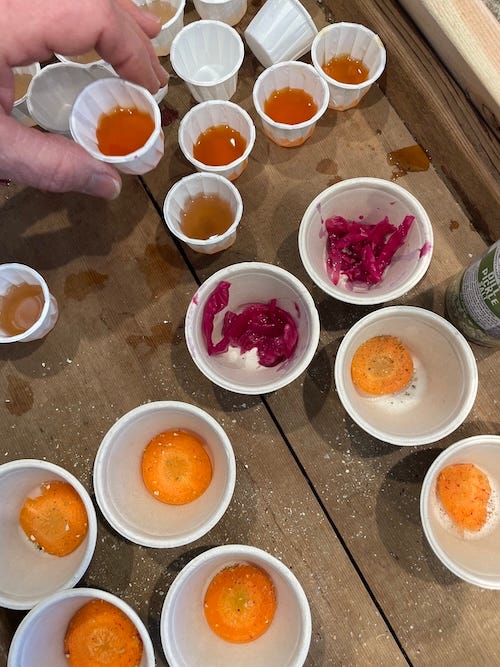
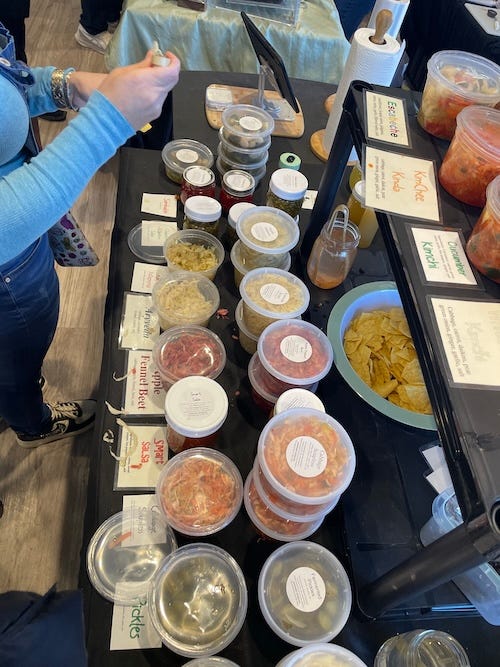
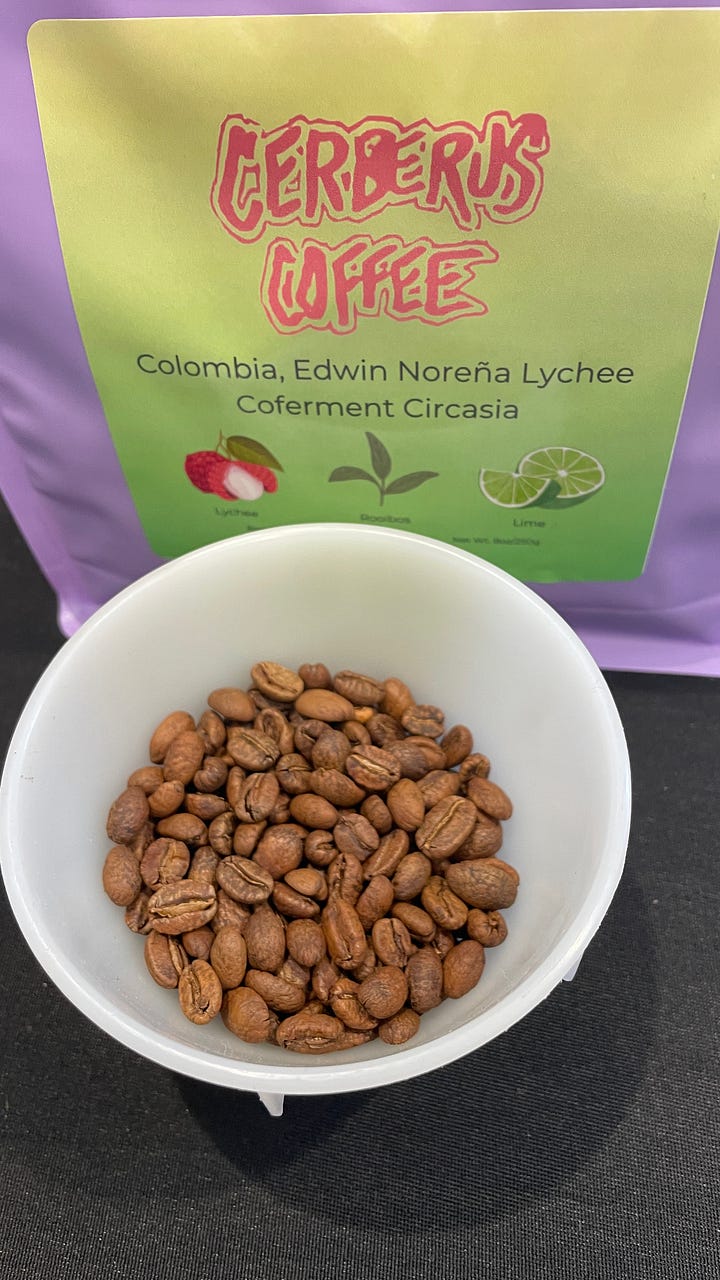
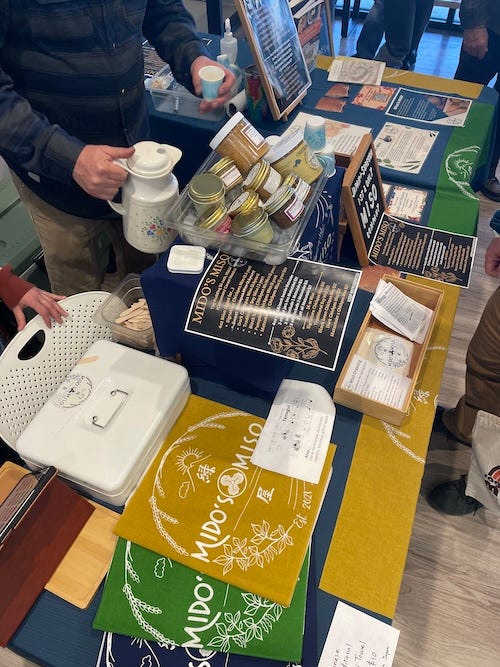
Part of my goal with this newsletter is to answer the questions I get asked a lot. Today, I am going to tackle histamine to the best of my ability. I am not a healthcare professional or a nutritionist. I make and eat fermented foods and have tried to understand them as much as possible within the home kitchen. And share that with you in simple digestible ways for your home kitchen.
H is for Histamines
Fermented foods are amazing, but as with everything, there are no absolutes, they are not the cure for everything as some internet posts would have one believe. Some people cannot eat these foods or have to limit them. This post is just meant to help you dig a little deeper into one aspect of fermentation. As a person who prefers looking at the world holistically, I realize that breaking things down into their parts and pieces isn’t the full story or picture. Everything is much more complicated and nuanced. I hope you read this with interest and not concern or fear because there are varying reasons that fermented foods may be booted from someone’s diet, temporarily or permanently (☹️) but for most people, the balance created by these foods is not an issue.
I am choosing histamine sensitivity because this is the one people approach me with the most. I am going to throw a little tyramine sensitivity in as a bonus. No one (except myself) has ever approached me asking about tyramine, let me explain. Last year I took a blood panel to check my own inflammation responses to foods and chemicals. Why you ask? In my genetics, I have one marker for dementia, which combined with wanting to reduce hot flashes, has me doing this work. The result showed that I have a sensitivity response to tyramine. As soon as I learned what tyramine was and what foods it is in, I had to laugh (and cry). It turns out that eating fermented vegetables and other long-fermented foods many times a day was a little much for my body.
Okay, back to histamine. Histamine is a chemical that occurs naturally in our bodies and is produced as an immune response to invading threats, like an injury (infection) or allergen (basically, the body’s imagined threats). They are a natural part of our body’s defense system. When all is going as it should our body’s specialized cells called mast cells and basophils release histamine when triggered (by said threat) to help our immune system respond. Histamine dilates capillaries to increase circulation and become more permeable so our immune system knights, the white blood cells, get to where they are needed. This response is designed to help our body fight off the invader and promote healing. Histamine intolerance occurs when the body is unable to break down histamines properly, leading to an excess buildup in your system.
Histamine is a biogenic amine (biogenic amines regulate brain functions such as movement, behavior, emotions, temperature, blood pressure, and endocrine secretion). Some other biogenic amines you probably have heard of are dopamine, and serotonin, another one you may not have is tyramine. Tyramine is an amino acid that helps regulate blood pressure, and like histamine, is made in the human body but is also found in foods.
Enter fermented foods, and honestly, unfermented foods that have been sitting around awhile, and even foods that have been cooked. For example, one study determined that grilling food causes more histamine production than boiling it. (Is it just me or is it looking like everything that tastes better likely has higher histamine?)
“Grilled seafood had higher histamine levels than raw or boiled seafood. For meat, grilling increased the histamine level, whereas boiling decreased it. For eggs, there was not much difference in histamine level according to cooking method. Fried vegetables had higher histamine levels than raw vegetables. And fermented foods didn't show much difference in histamine level after being boiled.” Source.
Back to fermentation. Remember all foods once harvested are immediately being broken down by microbes; whether on purpose as in fermented, cured, and aged foods or just plain having sat around for a long time. This can be just some leftovers in the fridge for a few days or full-on spoiled foods.
Histamine and tyramine are considered mildly toxic but when we eat these in our food, an enzyme called diamine oxidase breaks these down. For most people, this process works smoothly, and histamine or tyramine are not a problem—balance. It is just when things get unbalanced, there can be trouble.
This might occur, for instance, if that enzyme isn’t working properly, which could result from excessive alcohol intake or as a side effect of a medication. Some people have histamine intolerances that can show up in various symptoms. Or, we could eat too much histamine and overwhelm our body’s regulation. In more extreme or acute cases when a food, like spoiled fish (scombroid poisoning), or wine or cheese, has produced excessive amounts of histamines the result is histamine toxication. This is a form of food poisoning that can be confused or misdiagnosed as an allegoric reaction. It might show up as flushing of your face and neck, rashes, swelling, and booming headaches.
For most people with trouble processing histamine, the best course of action is to reduce the number of high-histamine foods in their diet. The following are things I have learned in regard to fermented foods.
The microbes that ferment (bacteria, yeast, fungi) are responsible for producing histamine and tyramine in fermented foods, they all have been implicated, so I cannot say there is one type of ferment that is immune. However, more than once I came across research that pointed to salt. Remember salt controls the fermentation by slowing it down and inhibiting certain microbes. It seems this is a good thing. For example, in this study on fermented tuna, histamine levels went down as the salt levels in the ferment were increased. In general, plant-based fermented foods contain lower amounts of histamines than animal-based ferments. Unlike some mild toxins, like oxalates, that are reduced by fermentation or cooking, I cannot find there is a silver bullet that reduces histamines in food once they are present.
I found the level can vary widely among plant ferments. In a study of 120 different commercial sauerkrauts, histamine levels varied between 0 and 229 mg per kg of sauerkraut. In another study of 50 commercial pickles, they ranged between 16 and 75 mg per kg. In other words, it is really hard to tell how much histamine is in your ferments. Factors at play are:
The variety of vegetables.
The fermentation conditions (temperature, pH, oxygen levels, amount of salt)
Whether the fermentation is spontaneous or driven by a commercial starter. This one is interesting because there are starters that are being developed to mitigate histamine, by isolating and using bacteria that produce less histamine during fermentation.
The age of the ferment. So, if you are looking to control histamine content make small batches and eat them within a few weeks. When it comes to histamine the younger the better.
Ultimately, it is about balance and as we teach our children—listen to your body. For those of you wondering, I am eating ferments again 😋. I have been actively working on gut healing and have worked through the tyramine sensitivity.
I want to leave you today with a few last thoughts. Antihistamines. There are also food sources of antihistamines. Vitamin C is a powerful antihistamine and while there is no science that I can find backing this thought, it is just that, a thought, when we ferment vegetables vitamin C also increases. In my thinking, this could also be a place where fermented foods for most people strike a balance (or symbiosis between these molecules) that takes place in our foods.
The full post talks about nettles because they can be a powerful antidote to a sensitivity but alas they are not yet in season. To read the full post head here.
Couldn’t make it a fermentation festival near you?
Make your own on World Ferment Day, Feb 1, 2025
Have you got the guts?
Welcome to World Ferment Day, celebrated every February 1st! This annual day is your chance to take action by experiencing the fabulous taste and potential health benefits of fermented foods and drinks. With our bold strapline, “Have you got the guts?”, we invite you to incorporate the vibrant power of these delicious, complex, nutrient-rich foods and drinks into your daily routine. Find out first-hand how good they taste, what diversity of options there are. By eating ferments regularly, find out how a small amount of these foods and drinks daily over time may better support your health. Do something on World Ferment Day to bring ferments into your life! Head to
’s Substack or her website for details.





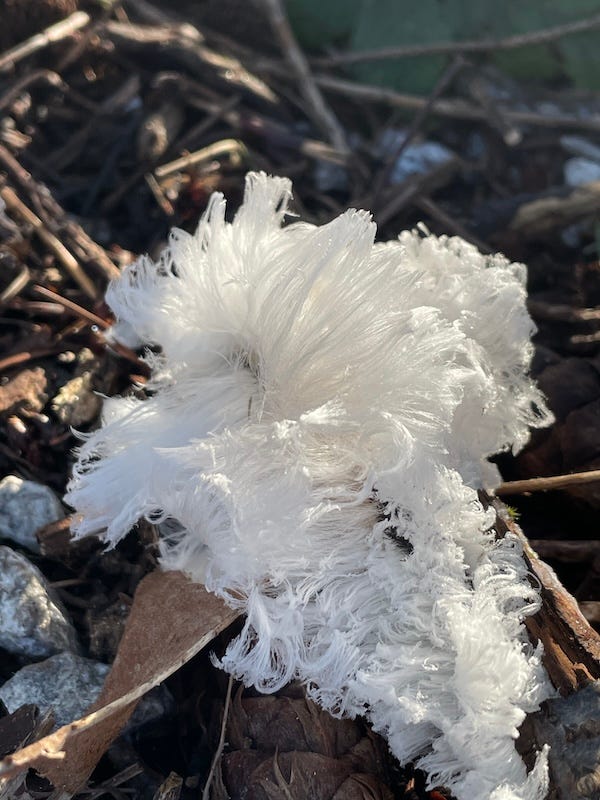
My partner has IBS and has been on the low FODMAP diet for a couple of months with great success but every so often he tries something and has the reaction your talking about, for instance, he tried kombucha last week and his face, ears and neck became so hot and sweaty for about half an hour that he said he’d never try that again! He sometimes gets it having a coffee, but not always, almost always if he has a beer. We assumed that he was just becoming allergic to foods that he’d eaten for decades or hadn’t noticed the reaction cause it was a constant, but now I’m wondering if it’s because of the build up of tyramine? Don’t know, but I’m going to start fermenting food this week as I’ve just discovered both it and your site, so we are both going to give it a go and see how it goes with his tummy, mine is fine, I have no problems luckily😋
Ah, to see the world through the eyes of the little ones ! Each experience is a gift.